Personal Luxury Cars: The Continental Mark
Posted on Jul 12, 2017 in Antique | Comments Off on Personal Luxury Cars: The Continental Mark
Stylishly beautiful, subtle and understated, a car that epitomizes excellence. The Continental Mark II is Audrey Hepburn in a world of Paris Hiltons. The Lincoln Mark series started with the development of the Continental line, a division created specifically to market one car, the Continental Mark II.
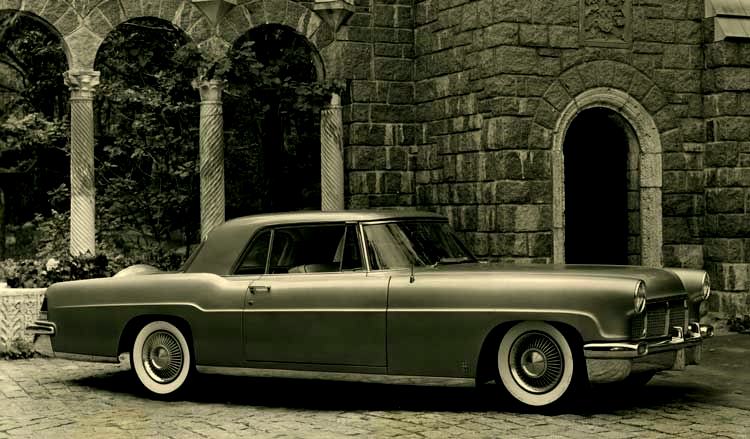
Sharing none of the excesses of its competition, the Mark II was the most expensive automobile on the market. The cow-belly frame gave the car a sleek and trim appearance, despite its size . Over engineered and handmade, parts of the car which would never be seen after assembly were still carefully chromed and handled with meticulous care. Eight coats of paint and lacquer was applied to each car, all the sanding and polishing done by hand before the car was wrapped in a fleece lined cloth cover, then a large plastic bag for delivery to the dealership. The amount of excess used in the creation of the Mark II was unheard of, and it achieved an almost mythic status. Only the richest could afford the cars, and even today it remains one of the most sought after collectibles.
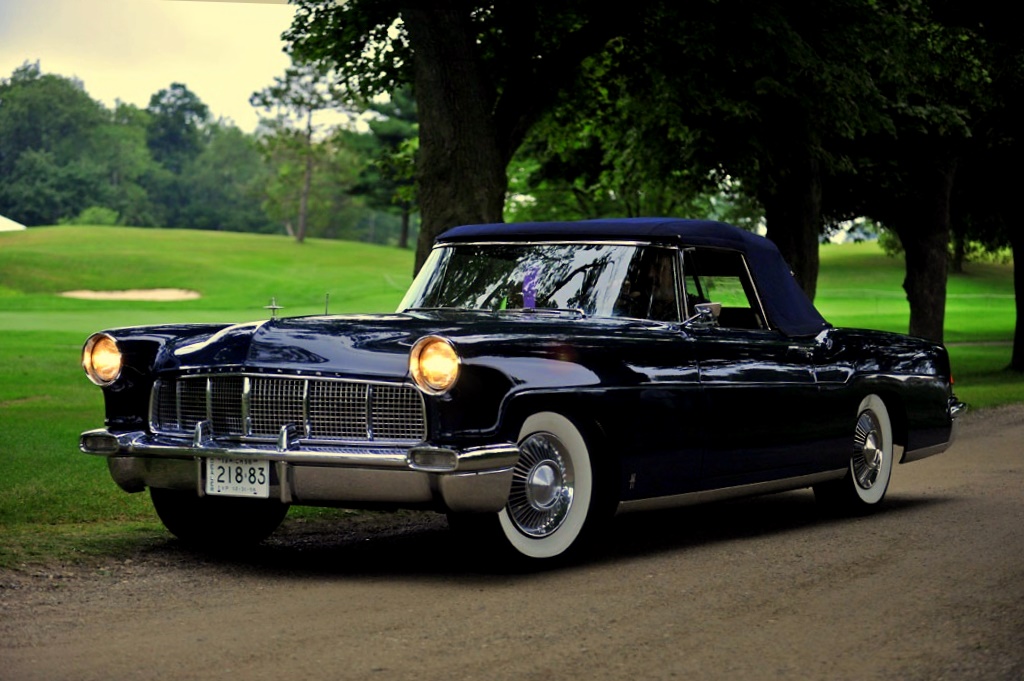
The Mark II body style lasted only two years, as Ford wanted to end the expensive hand assembly, at which they were losing over $1,000 per car. The new Continental Mark III, and eventual Mark IV and Mark V were the largest unibody cars ever made. They featured styling that was shared with other Lincolns, but allowed special roof treatments which included a reverse-angle power rear “breezeway” window that retracted down behind the rear seat.

Continuing with the excess, the Continental Mark cars of 1958-1960 were the longest and widest Lincolns ever built. The cars were covered with the styling “kitsch” of the time, including scalloped fenders, miles of chrome, and new canted headlights. The limousines and Town Cars were the heaviest sedans built since WWII, and the Mark II Convertible remains the longest convertible ever produced.
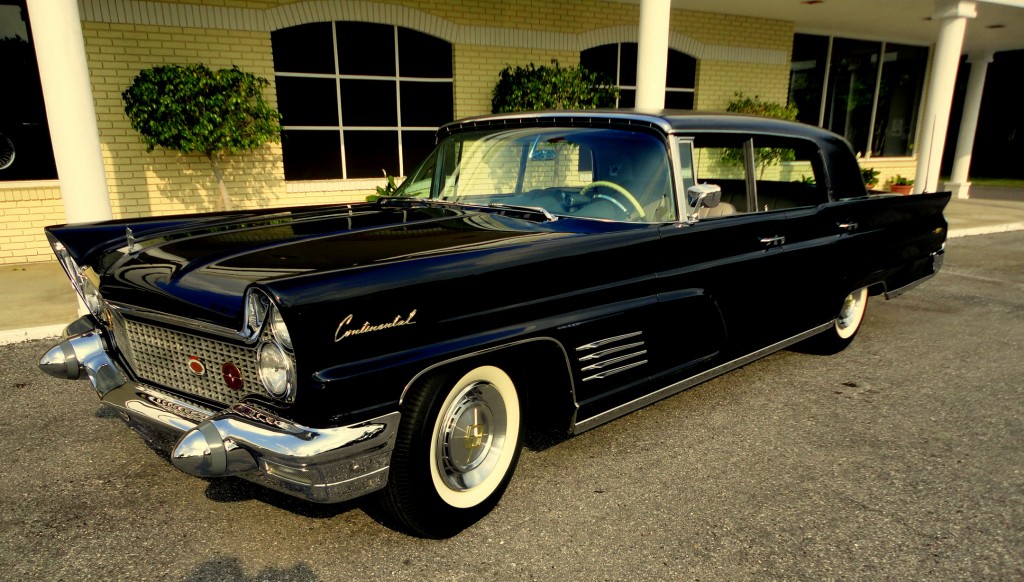
The rest of the 1960’s belonged to the Elwood Engel designed Lincoln Continental. The Mark series would not return until 1968 as an early ’69 model. Based on the Ford Thunderbird of the time, it sported a Rolls Royce style grille, hidden headlights and the now classic trunk tire bulge. Ignoring the previous three models, which eventually became known as the “forgotten Marks,” the new car was smaller, lighter, and with crisper styling that harked back to the Mark II.
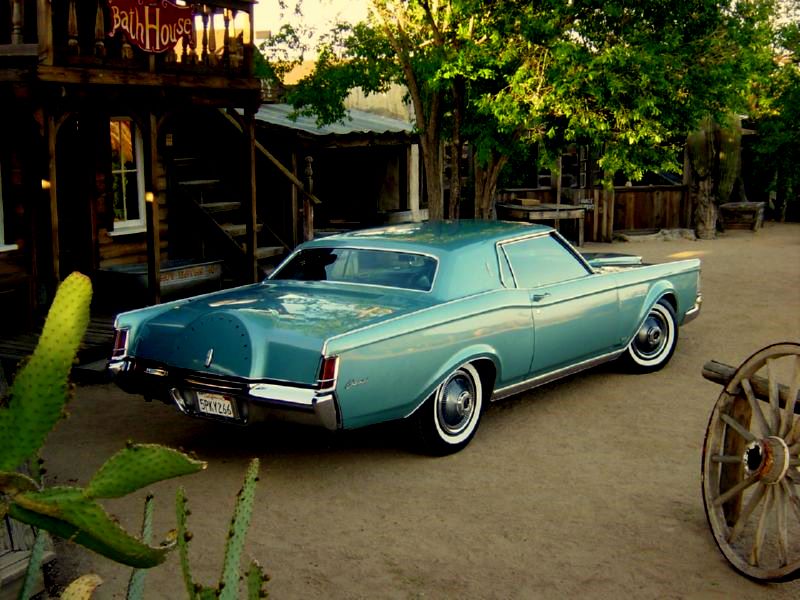
1972 brought the era of double-stuffed cars like the bulky Mark IV. This fattened up version of the Mark featured opera windows, larger federally mandated bumpers, and a wider coke-bottle appearance. It also heralded in the time of special appearance groups, including the silver luxury group with its “moondust” paint and gaudy silver leather/vinyl interior. Other color groups included the equally brash white and lipstick edition, and the black diamond group.

Ford decided to downsize its lineup in 1977, as was the standard in the industry. For Lincoln, the newly designed Mark V actually grew, bringing the car to almost 20 feet in length. The new angular styling was a throwback to the Mark III. One of my friends had possession of his father’s new Mark V, and I spent many hours behind the wheel. The car had a special feel, one that was not unlike taking valium. Once the door was closed, all sound disappeared, the air became stale, and you sank into the crushed velveteen seats. You didn’t drive, as much as waft and sway down the road with no connection to the outside world, cosseted in an almost laudanum induced haze. The car had the styling of a Coast Guard cutter, more than an aircraft carrier, and the performance was about as good.

The 1980’s brought a huge change for the Mark series. The new Mark VI wasn’t really a Mark at all. I remember when it came out, my friend’s father bought the new Mark with reluctance. Styling was very similar to the Town Car, and the addition of a 4-door version put him off, as it did other traditional luxury car buyers. Smaller, lighter, and boxier than the previous version, the car lost its identity and cache. Sales were poor, despite the new electronic dashboard and improved interior space.
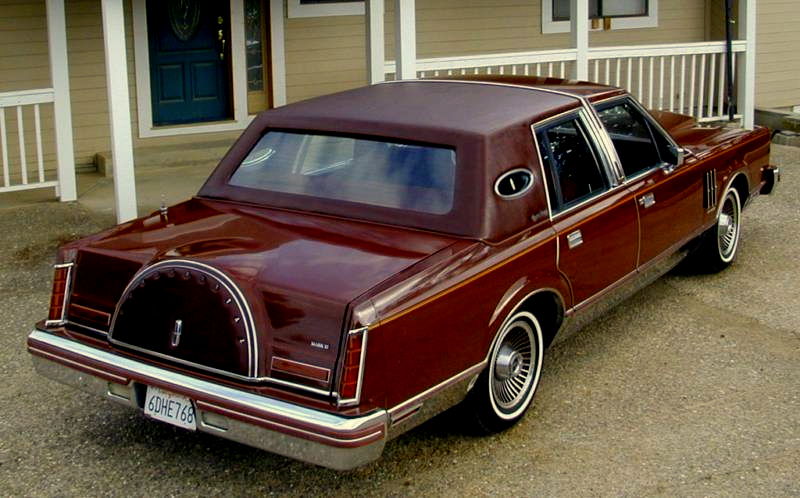
Aerodynamics was the keyword at Ford during the 1980s, and the new Mark VII lost its personal luxury car elegance, morphing into a upscale Ford Thunderbird. The Mark VIII became the last of the series, ending more as a car more closely related to European imports, than American luxury. Today, all that remains is the MK tag on Lincoln models, a subtle homage to the iconic Mark line.
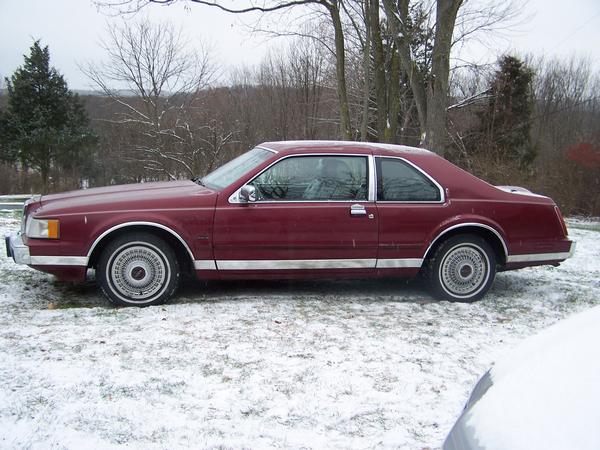





.gif)

